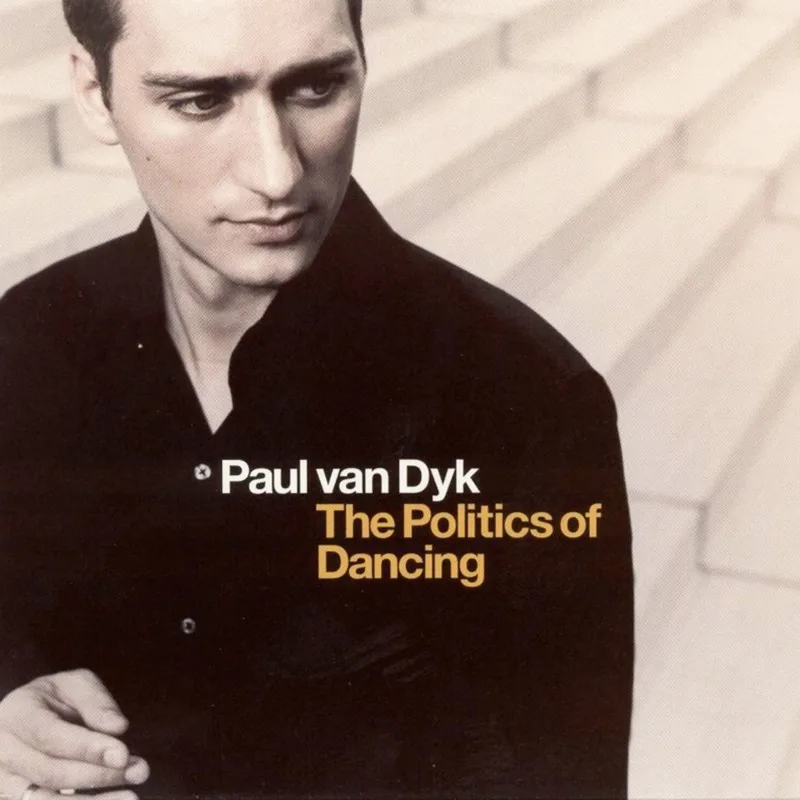Paul van Dyk — Politics of Dancing. Brief story behind the compilation

This compilation dates back to the days when van Dyk celebrated one creative victory after another. In 1999, his releases on his own new label Vandit Records went beyond the borders of his native Germany. His album Out There and Back was selling like hot cakes. Trance music itself captured the world, and van Dyk’s name was on everyone’s lips. The UK Muzik Magazine put the foreigner on the cover, calling him the “Leader of the Trance Nation”. In 1999, he was one of DJ Mag’s top five DJs, and in 2005 and 2006 he became the first, pushing back even Tiesto. Van Buuren and others came later.


